Marine Reptiles: Prehistoric Animal Series #1
Hello Everyone,
Today, I am going to start a series on Prehistoric Animals. Earth has seen the emergence and extinction of countless species in these millions of years. The era of the prehistoric period witnessed magnificent creatures on land, water, and in the sky. With this series, I will try to cover them one by one, and to make it more fun to read, I will try to include some of the interesting scientific resemblances and facts with the present living animals. So, today its Hupehsuchus, a marine reptile and the recent discoveries related to it.

Earlier, Hupehsuchus was confused with the ichthyosaur (which is reptile-like) as the suchus in Ancient Greek means crocodile. The only resemblance between these two species was their body structure; the rest was totally different. The only possible reason for such similarity is sharing similar ancestors to ichthyosaur, or it could result from convergent evolution when the species living in a similar niche adapt the similar structure and function to survive.
Hupehsuchus had one more closely related species called Nanchangosaurus, a very familiar reptile species from the Triassic of China. Even people also used to think that both of them were the same; however, Hupehsuchus had much heavier armour with prominent ridges on the back. The armour on the back with ridges protects them from predators, this could be speculated that the ridged armours are relict feature from the terrestrial ancestors. Just like crocodiles, Hupehsuchus also had jaws filled with sharp teeth that were used to hunt their prey.
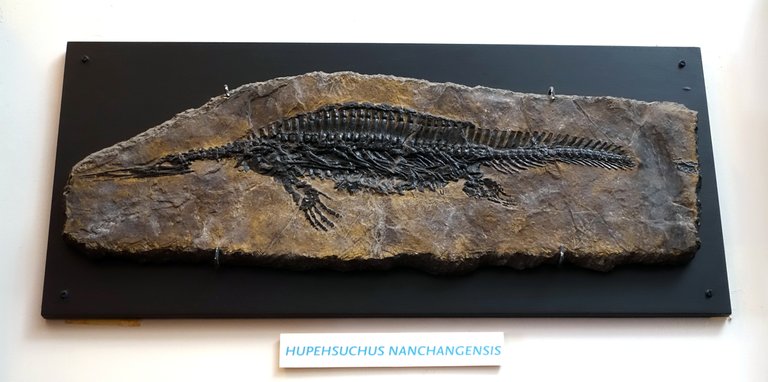
Coming to the newly discovered feature of this ancient animal. Hupehsuchus had a big jaw with sharp teeth like crocodiles, but recently it was discovered that they also had whale-like filter feeders. As the population was majorly found in the terrain of China, Paleontologists from China and UK discovered a fossil of Hupehsuchus, which reveals that the marine reptile used to have filter feeders to trap short fishes and shrimps. Upon examining the fossil, they found that the skull had some soft structures, which originate from the throat and allow them to engulf a large amount of water just like whales to filter small fishes and shrimps from the water.
On the contrary, the skull showed some similarities with the baleen whales, like notches along the edges of jaws and similar grooves and teeth with keratin strips, which act as filters for trapping small organisms.
It is believed that the large lips of baleen whales are suitable for suction with short symphysis, expanded mouth, and broad rostrum help in suction eating. Hupehsuchus used something very similar technique of filter feeding as suggested by the group of paleontologists
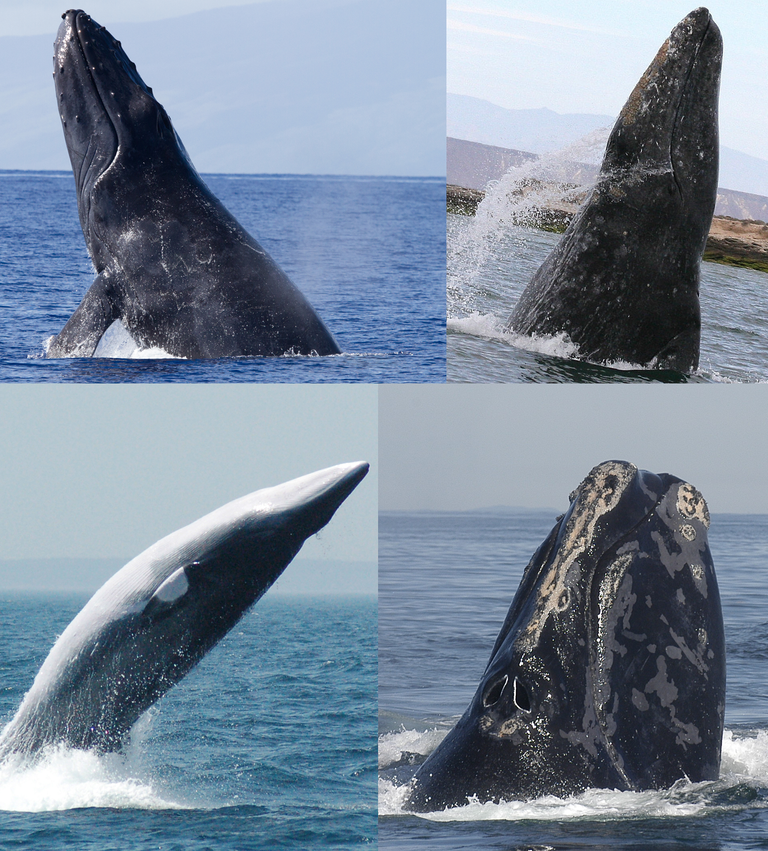
According to the new findings, the skull had a long snout having straplike bones, just like baleen whales. The loose snout and big lower jaw allow them to support their throat to engulf large amounts of water when moving forward. The throat balloons out to fill the water containing the food of Hupehsuchus, which is eventually filtered out by their filter feeders.
The Hupehsuchus species were very rapid in terms of populating the marine ecosystem. As they came after the time of turmoil, after the time of mass extinction (End-Permian), their presence in the marine ecosystem has changed the whole system and species diversity.
Another researcher from China added to it, “Just like baleen whales, the Hupehsuchus was also toothless.” This changes the whole beliefs from the previous studies about Hupehsuchus. All the whales except orcas are toothless, they have grooves along the jaw line, which act as curtains, long thin strips of keratin acting as filters so as the Hupehsuchus.
References
Hope you find it interesting, see you soon with some other interesting topic.

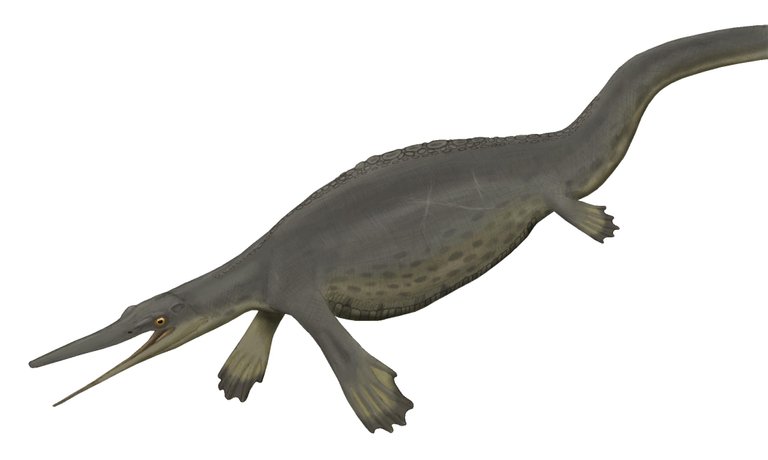
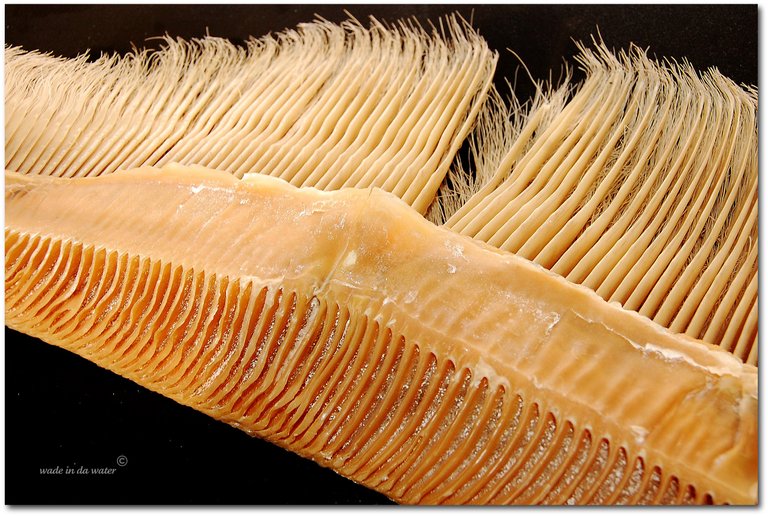
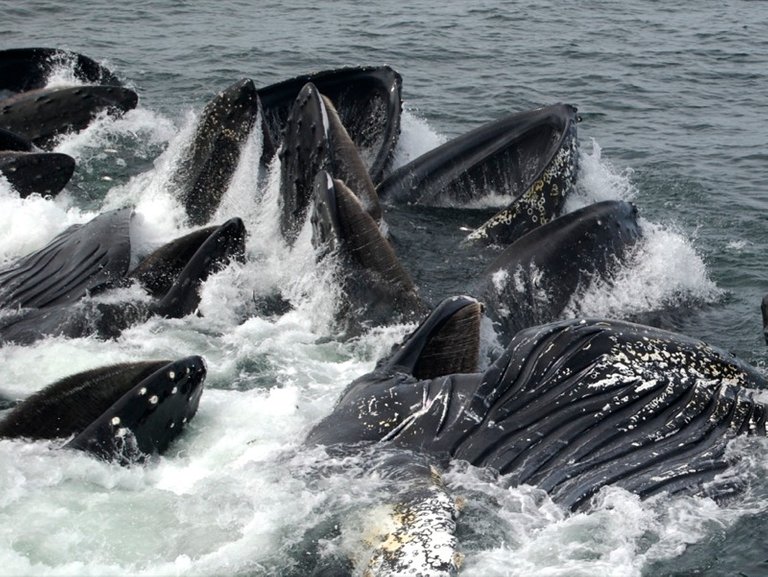
This post has been manually curated by @bhattg from Indiaunited community. Join us on our Discord Server.
Do you know that you can earn a passive income by delegating to @indiaunited. We share more than 100 % of the curation rewards with the delegators in the form of IUC tokens. HP delegators and IUC token holders also get upto 20% additional vote weight.
Here are some handy links for delegations: 100HP, 250HP, 500HP, 1000HP.
100% of the rewards from this comment goes to the curator for their manual curation efforts. Please encourage the curator @bhattg by upvoting this comment and support the community by voting the posts made by @indiaunited.
Thanks for your contribution to the STEMsocial community. Feel free to join us on discord to get to know the rest of us!
Please consider delegating to the @stemsocial account (85% of the curation rewards are returned).
You may also include @stemsocial as a beneficiary of the rewards of this post to get a stronger support.
Didn't know about the Hupehsuchus, much less that reptiles could have a method for feeding similar to that of whales. Great post.
I'd love to know more about Marine Reptiles.
I have started this series, so I will try to cover most of them
Cheers 👍🏻